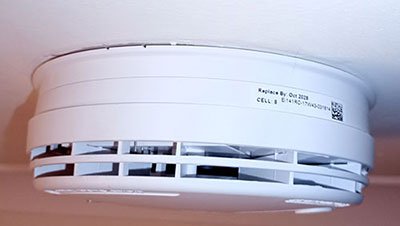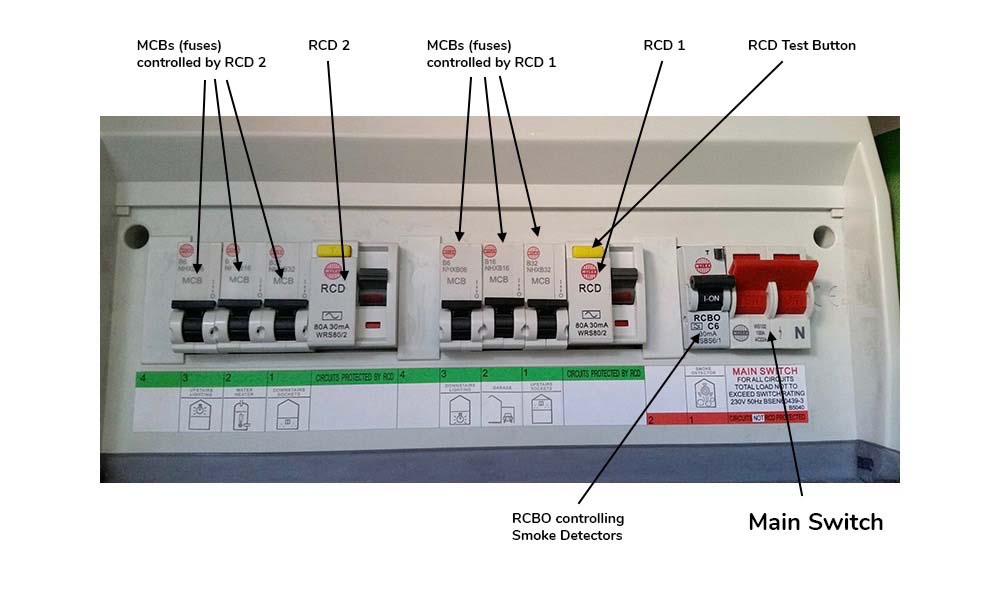
Electric Showers – what you need to know
What is an Electric Shower?
Unlike traditional “Mixer” showers, electric showers only require a cold water supply, which they heat up instantly as you stand beneath the spray.
With a safety cut-out feature, you can enjoy your shower without worrying about getting scalded if the water supply suddenly drops.
Why choose an Electric shower?
Sometimes, a balanced supply of hot and cold water from a boiler may not be available in your home. In such cases, an electric shower is the ideal solution. It ensures that you always have a refreshing shower, regardless of the water pressure in your house.
So how do Electric Showers work?
Electric Showers are directly connected to your cold mains supply and contain a heating element that warms up the water as it flows through, a bit like a sophisticated kettle.
The faster the water flow, the more power the shower needs to heat the water up. This is why it’s essential to have a properly installed electric shower with the correct cable size to prevent overheating and potential hazards.
This is where one of the main safety issues surrounding Electric Showers becomes apparent.
Fitting an Electric Shower is NOT a DIY project
We’re going to keep saying this….
Who should fit an Electric Shower?
*When it comes to fitting an electric shower, it’s crucial to seek the expertise of an Electrically Competent Person*.
(*This is actually a defined term, which means someone who has sufficient knowledge and training to comply with Part P of the Building Regulations.)
With their knowledge and training in compliance with building regulations, they will ensure a safe and efficient installation.
Should an electric shower be installed by a Plumber, an Electrician or maybe a Handyperson?
There’s no easy answer. Water and Electricity mixed together can be very dangerous. Because of this, Bathrooms are regarded as “Special Locations” for electrical work. What we can definitively say, is that an electric shower must be installed by an Electrically Competent Person.
Fitting an Electric Shower is NOT a DIY project
….nor is it a job for an unqualified Handyperson….
What size Electric Shower should I choose?
So, there you are shopping in one of those lovely DIY stores, where there is a range of shiny new electric showers on display.
You need to replace your shower; its got a bit drippy, is looking a bit limescaly, or has gone that lovely yellow-plastic colour through age.
Time for an upgrade!
So many different sizes to choose though. Surely the more powerful the shower, the better showering experience you’re going to have.
This is where the DIYer can come seriously unstuck, & put themselves and other users in danger
However the choice may not be down to you. The decision will be dictated by several things:
- The size & quality of the cable supplying the electric shower
- The length of the Cable run from your Consumer Unit (Fuse box)
- The material through which the Cable runs.
- (I have seen cables melted because they are running through newly-installed Loft Insulation)
These are all questions which an Electrically Competent Person is going to consider, before advising you which size shower to choose.
You may not even know that you should be asking these questions, let alone how to find out the answers.
The most powerful electric shower will generally need a very big cable. This will increase in size, as the length of the cable increases.
As a rule of thumb, Big Cables are much more expensive than smaller Cables!
If your existing electric shower has been there for a long time, the chances are that it may only be supplied by relatively small cable, which will not cope with the demands of a more powerful shower. You may need a whole new, much larger cable, to be installed.
Installing new cables can be disruptive, messy & expensive.
Does the person installing your Electric Shower know this?
The Dangers of Loft Insulation
Loft Insulation is generally a very good thing. We should all be making sure that we insulate our lofts. It will keep heat in, make our houses more thermally efficient and save us money.
However, electrical cable and insulation need to be thought about carefully. If you cover all the electrical cables in your loft with insulation, this may affect the cable’s ability to carry current.
When the cables were originally installed, there may not have been very much insulation in your loft, so the cables were fine.
Now that your loft has 150 or 200mm of lovely warm insulation lying over the top of it, the cable is no longer able to do its job properly.
Cables supplying Showers are particularly at risk. On several ocasions I have found shower cables in lofts showing signs that they are melting. Even the cable clips have begun to melt.
This is very dangerous. I have spoken to people who install insulation in loft spaces for a living, who were unaware that this is an issue that they should be aware of, and taking into account during their insualtion.
I’m sure many of us have seen the Loft Insulation Installations carried out “under grant” where it looks as though the loft insulation was installed, by throwing it liberally about the loft from the loft hatch. I’m prettty confident that the well-being of any cables being covered by the loft inulation was not a consideration.
Important Messages
- Seek advice from an Electrically Competent Person before replacing an electric shower.
- Make sure you choose the correct person to install an Electric Shower. If you ask for a quote from an Electrically Competent Person, and then find someone who "can do it cheaper," please make sure that they are competent.
- If you are insulating your loft, please make sure that you are not covering up cables and creating a potential fire-hazard
- Installing an Electric Shower is NOT A DIY PROJECT






